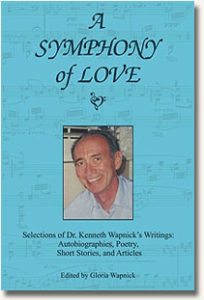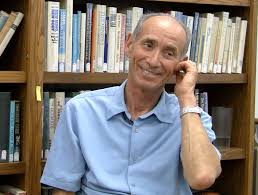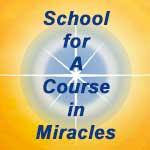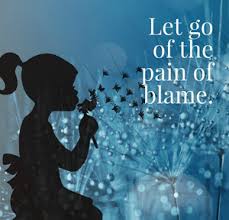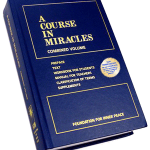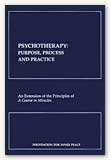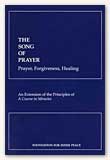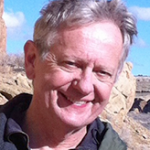The Temecula Foundation has released an autobiographical book from Dr. Kenneth Wapnick’s writings called a “Symphony of Love.”
Excerpt from Intro by Gloria Wapnick: The book begins with two very powerful unpublished autobiographies, My Life with God and My Life with Jesus. The first, My Life with God, Kenneth wrote at the request of Helen Schucman, who urged him to do that project in 1973. The second, My Life with Jesus, was done mostly after we moved to Temecula in 2001, since people kept asking for one…
